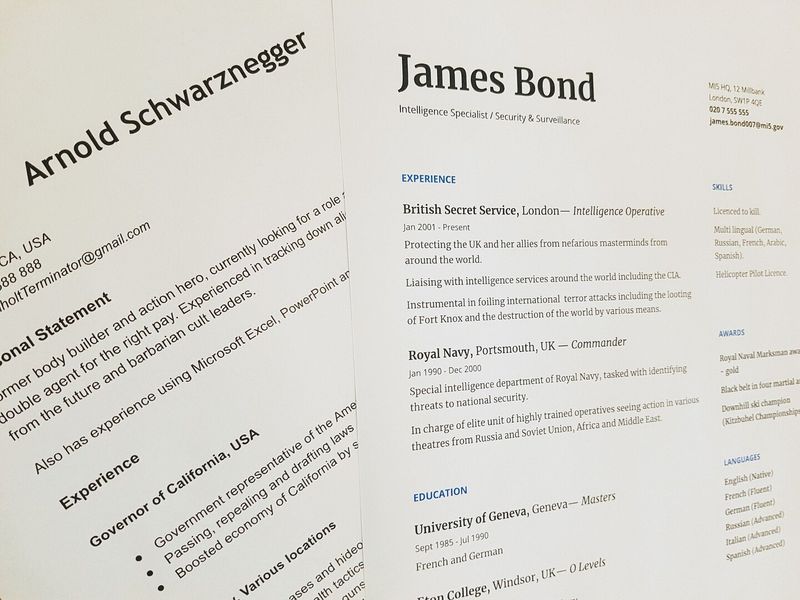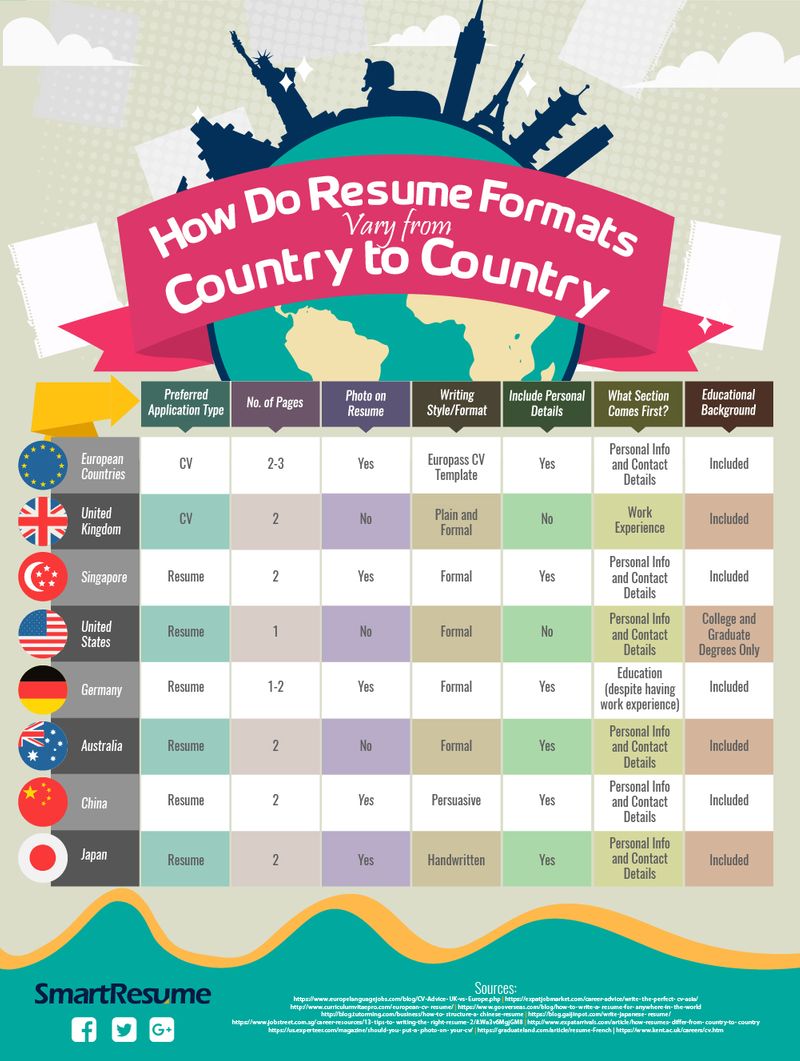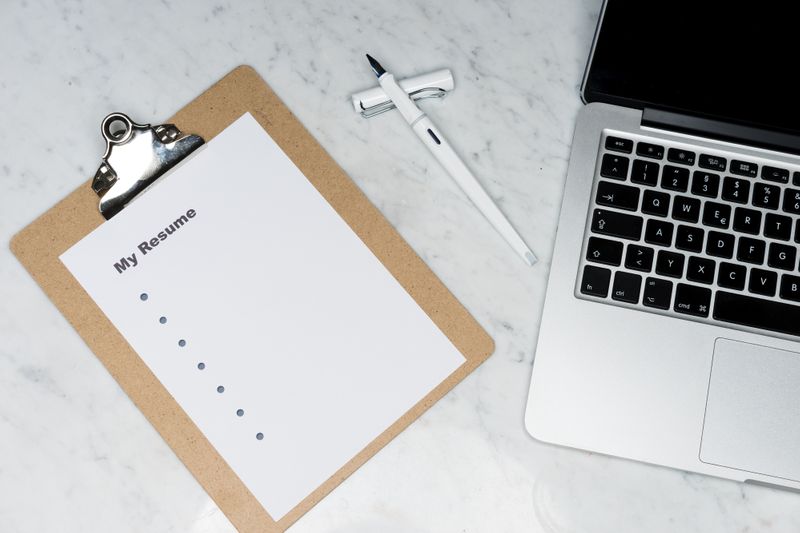You're applying for your first job in a different country!
You get a reply back asking for more information: your hobbies, a photo, and even your marital status!
You quickly realize that the document you use to apply for jobs that worked in one country may not work in another.
How do you find out what's expected and avoid cross-cultural confusion?
Résumé Or CV - What's The Difference?
Résumé
Short: 1-2 pages
Provides a summary of your skills and work experience
CV (curriculum vitae)
Longer: 2-3 pages
Provides the details of you and your experience like a photo or date of birth

Quiz
What is NOT characteristic of a traditional résumé?
What Do I Use? Résumé Or CV?
The first step is to identify your audience. What country or region you are applying to? Understand which document they use. Do this by:
Searching online for information about application expectations for the particular country
Looking at job postings in the country and see what they ask for
Networking with colleagues in the country and ask their advice or for samples of their resume/CV
Consulting with career guidance professionals in the area
Or, check out the infographic below!

What's Included In A Résumé Or CV?
There are no set rules about what exactly to include on either a résumé or CV. The information will vary by country and industry.
But no matter what, you should include your:
Name and contact information
Education section
Work experience
Skills
Remember:
Résumés or CVs should be tailored to the specific job requirements and country norms
No one résumé or CV can work across different industries or countries
 Photo by Markus Winkler on Unsplash
Photo by Markus Winkler on UnsplashQuiz
All résumés and CVs have the same format and information.
Take Action
Ready to start applying?
Search for information on your country or region of focus and tailor your résumé or CV to their specifications. When in doubt, ask!
 Photo by Nareeta Martin on Unsplash
Photo by Nareeta Martin on UnsplashGet a head start! The European Union (EU) has an online template to create and share your CV in 29 different languages. Find it here.
Your feedback matters to us.
This Byte helped me better understand the topic.
